Table of content
Peaches, with their velvety skin, juicy flesh, and aromatic sweetness, are a quintessential summer delight. However, their delicate nature makes them prone to bruising, overripening, and spoilage if not stored correctly. Whether you’ve harvested a bumper crop from your backyard or stocked up at a local market, mastering the techniques to preserve peaches can help you savor their taste for weeks—or even months—beyond their peak season. This comprehensive guide explores actionable strategies to store peaches, from short-term refrigeration to long-term preservation methods, ensuring every bite remains as succulent as the day it was picked.
Understanding Peach Ripeness: The Foundation of Proper Storage
The key to effective peach storage lies in understanding the fruit’s ripeness stages. Peaches are climacteric, meaning they continue to ripen after harvesting due to ethylene gas production. This trait allows flexibility in storage but demands careful timing to avoid spoilage.
- Unripe Peaches: Firm, green-tinged, and lacking fragrance. These require room-temperature ripening.
- Ripe Peaches: Yield slightly to gentle pressure, emit a sweet aroma, and have a vibrant color (golden-yellow to blush-red, depending on the variety).
- Overripe Peaches: Mushy texture, wrinkled skin, and an overly fermented scent. These are best used immediately in recipes.
Short-Term Storage: Keeping Peaches Fresh for 3–5 Days
For peaches at their prime ripeness, follow these steps to maximize freshness:
A. Room-Temperature Storage (For Unripe Peaches)
If your peaches are still firm, place them in a single layer in a paper bag or a bowl lined with a cloth. Store them in a cool, dry area (60–70°F/15–21°C) away from direct sunlight. Adding a banana or apple to the bag accelerates ripening due to ethylene gas. Check daily for softness and aroma.
B. Refrigeration (For Ripe Peaches)
Once ripe, transfer peaches to the refrigerator’s crisper drawer. The cold slows ripening but can slightly alter texture. To minimize damage:

- Do not wash before refrigerating—excess moisture promotes decay.
- Place peaches in a perforated plastic bag or a breathable container to prevent ethylene buildup.
- Avoid stacking; peaches bruise easily under pressure.
Ripe peaches stored this way will last 3–5 days. Bring them to room temperature 1–2 hours before eating to restore juiciness.
Medium-Term Storage: Freezing Peaches for Up to 12 Months
Freezing is ideal for preserving peaches’ flavor and texture for culinary use. Follow this method:
A. Preparation
- Select ripe, unblemished peaches. Overripe fruit will become mushy when thawed.
- Wash and dry thoroughly to remove dirt and bacteria.
- Peel (optional): Blanch peaches in boiling water for 30 seconds, then transfer to an ice bath. The skins will slip off easily.
- Slice or halve the peaches, removing the pit.
B. Freezing Methods
- Dry Pack: Lay sliced peaches on a baking sheet lined with parchment paper. Freeze until solid (2–3 hours), then transfer to airtight freezer bags. This prevents clumping.
- Sugar Syrup Pack: Dissolve 1 part sugar in 4 parts water. Submerge peach slices in the syrup before freezing. This retains moisture but adds sweetness.
- Juice or Water Pack: For a lighter option, cover peaches in unsweetened juice or water.
Label bags with the date and use within 12 months. Thaw frozen peaches in the refrigerator or use directly in smoothies, pies, or jams.
Long-Term Storage: Canning and Dehydrating Peaches
For year-round enjoyment, consider these preservation methods:
A. Canning
Home-canned peaches are a pantry staple. Use a water-bath canner and follow these steps:
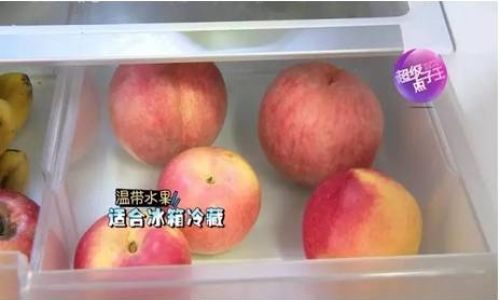
- Prepare a light syrup (1:1 sugar-to-water ratio) or use honey for a healthier alternative.
- Pack peaches into sterilized jars, leaving ½-inch headspace.
- Cover with syrup, remove air bubbles, and seal.
- Process in a water bath: 20 minutes for pints, 25 minutes for quarts.
Store in a cool, dark place. Canned peaches retain quality for 12–18 months.
B. Dehydrating
Dehydrated peaches make chewy, nutrient-rich snacks. Use a dehydrator or oven:
- Slice peaches ¼-inch thick and dip in lemon juice to prevent browning.
- Arrange on trays without overlapping.
- Dehydrate at 135°F (57°C) for 8–12 hours, or until leathery.
Store in airtight containers away from light. Rehydrate in warm water before use.
Creative Storage Solutions: Peach Puree, Jams, and Infusions
Transform surplus peaches into versatile ingredients:
A. Peach Puree
Blend ripe peaches (skin on or off) into a smooth puree. Freeze in ice cube trays for easy portioning. Use in cocktails, sauces, or baby food.
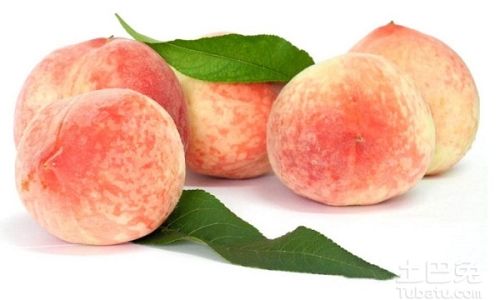
B. Homemade Jam
Combine peaches with sugar, lemon juice, and pectin. Cook until thickened, then can or refrigerate. Jam lasts 2–3 weeks refrigerated or 1 year canned.
C. Peach-Infused Liquor
Submerge peach slices in vodka or brandy. Store in a cool, dark place for 2–4 weeks. Strain and enjoy as a summery digestif.
Avoiding Common Mistakes: Pitfalls to Prevent Spoilage
Even with the best intentions, errors can shorten peach shelf life. Steer clear of these:
- Storing unripe peaches in the fridge: Cold halts ripening, leaving you with flavorless fruit.
- Washing before storage: Moisture accelerates decay. Wash peaches just before eating.
- Ignoring ethylene sensitivity: Keep peaches away from ethylene-producing produce (e.g., bananas, tomatoes) to prevent overripening.
- Using airtight containers without ventilation: Trapped moisture fosters mold. Opt for breathable bags or perforated containers.
Regional and Seasonal Considerations
Climate affects peach storage. In humid areas, refrigerate ripe peaches immediately to prevent mold. In dry climates, ripen at room temperature to avoid shriveling. For winter storage, freeze or can peaches during peak season (June–August in the Northern Hemisphere).
Eco-Friendly Storage: Reducing Food Waste
Preserving peaches minimizes waste and carbon footprints. Compost inedible parts (pits, skins) to enrich soil. Share excess harvest with neighbors or donate to food banks.
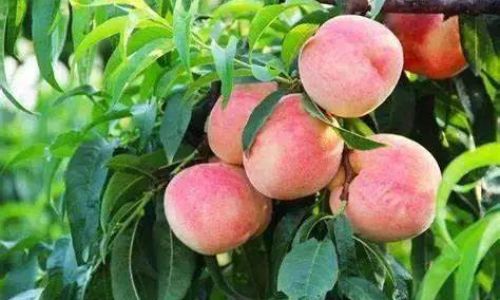
Conclusion: Savoring Summer’s Bounty Year-Round
Storing peaches is both a science and an art. By mastering ripeness cues, leveraging freezing and canning techniques, and avoiding common pitfalls, you can extend the life of these golden orbs. Whether enjoyed fresh, in a cobble, or as a wintertime jam, properly stored peaches bridge the gap between seasons, ensuring their sun-kissed flavor endures. Experiment with these methods, and let the taste of summer linger on your palate long after the trees have shed their leaves.

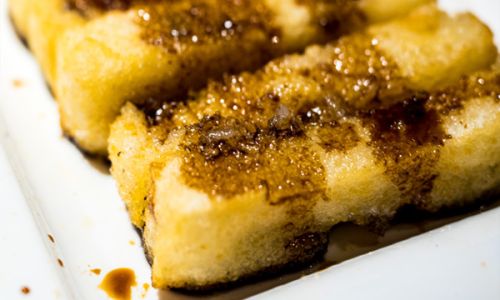
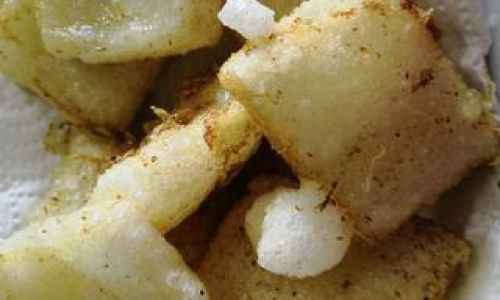
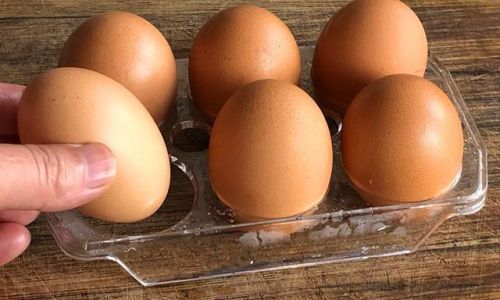
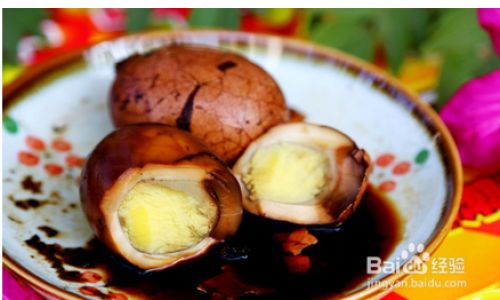

0 comments